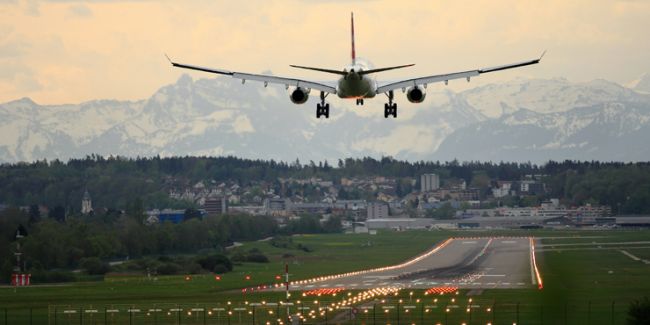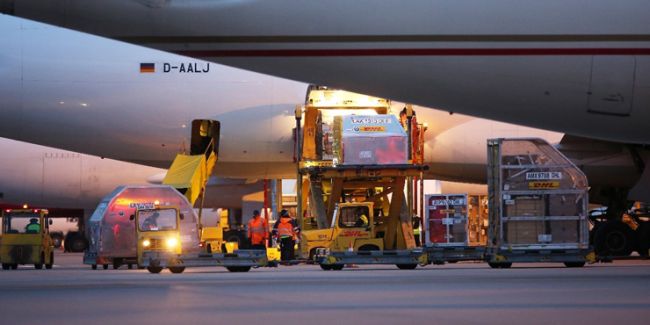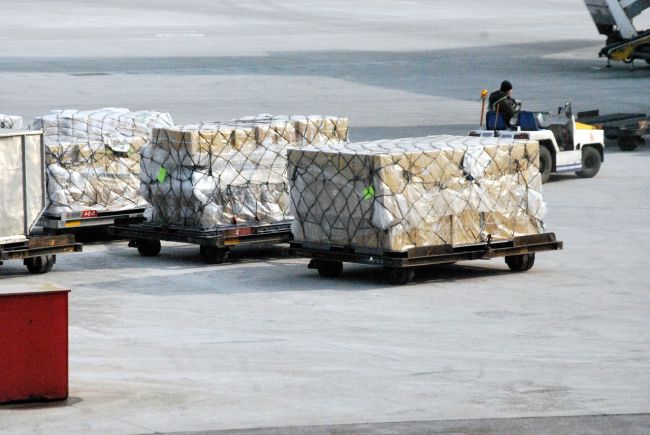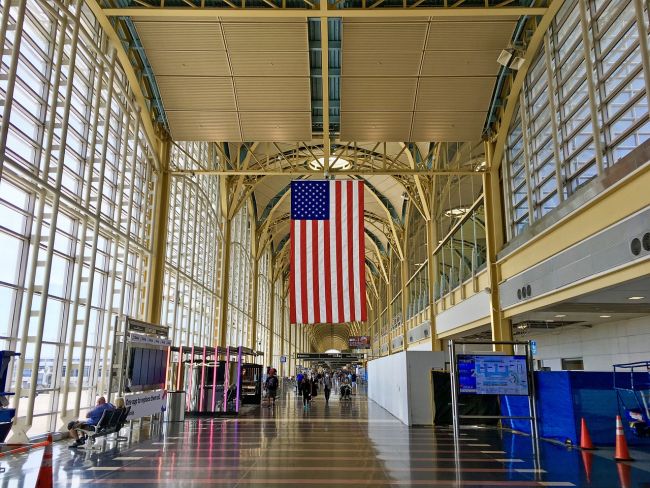The view of aviation from airport CEOs
In recent years North American aviation has gone through many changes, making the jobs of airport CEOs challenging ones.
In recent years North American aviation has gone through many changes, making the jobs of airport CEOs challenging ones. In order to try to address these changes, CEOs must carefully consider how these changes affect their business planning.
In an era of dynamically-changing needs of the commercial airline industry, most of the largest airports face a pressing need to update their infrastructure – whether it be airside, terminal, or landside. At the same time, many small and medium-sized airports face a loss of air service and connectivity as the major airlines have consolidated traffic at their gateway hubs, feeding long-haul domestic and international destinations.
System realities
Nearly everything analysts and policymakers have assumed over the last 15 years about the future of the aviation industry, and the level and distribution of airline traffic to airports, is now wrong.
Changing market realities, together with a series of external shocks to the global aviation system, mean that the pre-2000 halcyon days of reliable 3-4% annual system growth, providing steady revenue flows into airport coffers and the Federal Aviation Administration’s (FAA) Airport and Airway Trust Fund (AATF), are gone. That era has been replaced by years of comparative instability, sending FAA and many airport forecasts, and underlying financial projections, into the dustbin.
On the policy side, two years ago, the Canadian government began a comprehensive review of its aviation sector. Until now it has focused on key issues such as airport rent, providing better value for money for services such as security screening, and examining how to provide infrastructure support to many smaller Canadian airports serving rural and remote communities.
While the US Congress began an examination of the FAA’s air traffic organization (ATO), and alternative models for managing, governing, funding and delivering services, to this point there has been no comprehensive review of outdated airport regulatory and funding policies. In addition, there has been no serious discussion of how the current outdated AATF model, supporting non-ATO services, would be replaced in a new policy regime that includes ATO reform.
With these changes in the airline industry, and ongoing reviews of national aviation policies, American and Canadian airport executives and government boards face a business environment that must be carefully managed; one where single-point forecasts and business strategies must be replaced by strategic reviews inclusive of a number of future forecasts and plans.
Boardrooms speak to the realities
Over the last year, strategic reviews with airport executives, boards and the associations that represent them have generated a prioritized list of issues and policies that are driving a reconsideration of business models and new management strategies. This list, while not exhaustive, provides a starting point for understanding how today’s aviation industry will reshape North American airports. A detailed reassessment of an airport’s Mission, Vision, Goals and Management Strategies – the foundation of a new airport strategic plan – must focus on its current business, stakeholders and place in the overall aviation system to understand how these issues relate and interact.
The top issues include:
1. Reform: The policy architectures underlying the US and Canadian aviation sectors are stale, not comprehensively reformed since the turn of the century. Since then, airline restructuring, the growing power of global airline alliances, and changes in airline ticketing practices (i.e., growth of ancillary and “unbundled” pricing), to name just three, have remade the industry. Yet policymakers have not responded.
2. Regulation: Congestion at many of the global gateway hubs, especially those with competitive airline market shares, are policies such as the International Air Transport Association’s (IATA) Worldwide Scheduling Guidelines and variants on outmoded policies such as New York’s High Density Rule. These mechanisms do not allow for a proper accounting of airport proprietor rights, the value of airport infrastructure, or competitive concerns.
3. Security and facilitation: US and Canadian airport executives routinely decry the high cost of services, the diversion of security and facilitation taxes to the general fund of governments and/or other modes (instead of supporting aviation), and service levels for government-run and contracted services.
4. Air service: Concerns include competition – will low-cost and ultra-low cost carriers survive to provide robust competition domestically and internationally?
While new long-range aircraft are opening up direct services to almost the entire globe from markets such as Toronto and Chicago, the disappearance of 50-seat aircraft is putting connectivity to many smaller airports and communities at risk.
5. The customer: Services defined and delivered by yesterday’s providers are being replaced by new and innovative peer-to-peer and third-party providers accessible on today’s smartphones. Whether through transportation network companies such as Uber, or self-connecting a multi-city air itinerary, the customer has new options that airports can leverage to their benefit.
6. Safety: Safety Management Systems (SMS) provide new risk-based methodologies that help manage risks. Most global airports are ahead of the United States: the International Civil Aviation Organization’s (ICAO) SMS framework is now nearly a decade old and plans have been implemented and reviewed at Canadian airports. Full implementation is just now coming to US airports, allowing risks to be managed better whether they are present in the movement, non-movement or other areas of the airport.
Steer Davies Gleave’s professional team has experience in all aspects of today’s aviation industry – from the point-of-view of the regulator, to trade associations representing US, Canadian and global airports, to helping client airports in every continent served by today’s commercial airlines. We take airport executives and boards through all phases of strategic and business planning – from setting the strategic direction, to prioritizing airport goals, and implementing the collaborative management strategies for the realization of the airport’s Mission, Vision and Goals.



















